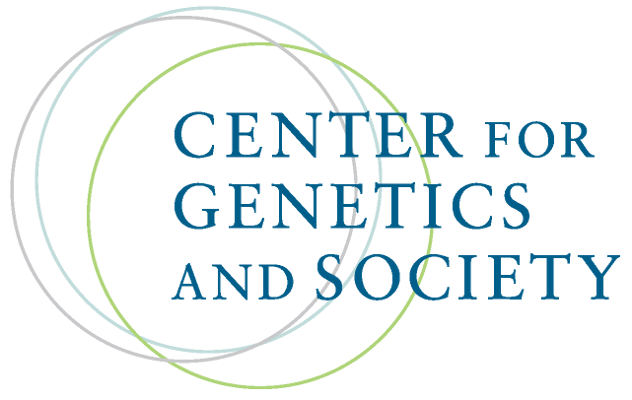Eugenics Lurk in the Shadow of CRISPR
By Robert Pollack,
Science
| 05. 22. 2015
Untitled Document
In calling their perspective “A prudent path forward for genomic engineering and germline gene modification” (3 April, p. 36; published online 19 March), D. Baltimore et al. show at once the size of the problem and the modesty of their response to it. CRISPR-Cas9, invented by the ninth author, Jennifer Doudna, allows the alteration of specific DNA in the mammalian genome. The authors say that “CRISPR-Cas9 technology, as well as other genome engineering methods, can be used to change the DNA in the nuclei of reproductive cells that transmit information from one generation to the next (an organism’s ‘germ line’).” This is a big deal. It means that we can imagine a day when human chromosomes may be modified in the sperm and egg to assure that one or another aspect of a child’s inheritance is designed to order.
This is a huge departure from current understanding, but the authors are remarkably circumspect. They call for the convening of a “globally representative group of developers and users of genome engineering technology and experts in genetics, law, and bioethics...
Related Articles
By Grace Won, KQED [with CGS' Katie Hasson] | 12.02.2025
In the U.S., it’s illegal to edit genes in human embryos with the intention of creating a genetically engineered baby. But according to the Wall Street Journal, Bay Area startups are focused on just that. It wouldn’t be the first...
Several recent Biopolitical Times posts (1, 2, 3, 4) have called attention to the alarmingly rapid commercialization of “designer baby” technologies: polygenic embryo screening (especially its use to purportedly screen for traits like intelligence), in vitro gametogenesis (lab-made eggs and sperm), and heritable genome editing (also termed embryo editing or reproductive gene editing). Those three, together with artificial wombs, have been dubbed the “Gattaca stack” by Brian Armstrong, CEO of the cryptocurrency company...
By Emily Glazer, Katherine Long, Amy Dockser Marcus, The Wall Street Journal | 11.08.2025
For months, a small company in San Francisco has been pursuing a secretive project: the birth of a genetically engineered baby.
Backed by OpenAI chief executive Sam Altman and his husband, along with Coinbase co-founder and CEO Brian Armstrong, the startup—called...
By Antonio Regalado, MIT Technology Review | 10.31.2025
A West Coast biotech entrepreneur says he’s secured $30 million to form a public-benefit company to study how to safely create genetically edited babies, marking the largest known investment into the taboo technology.
The new company, called Preventive, is...



